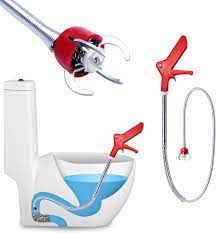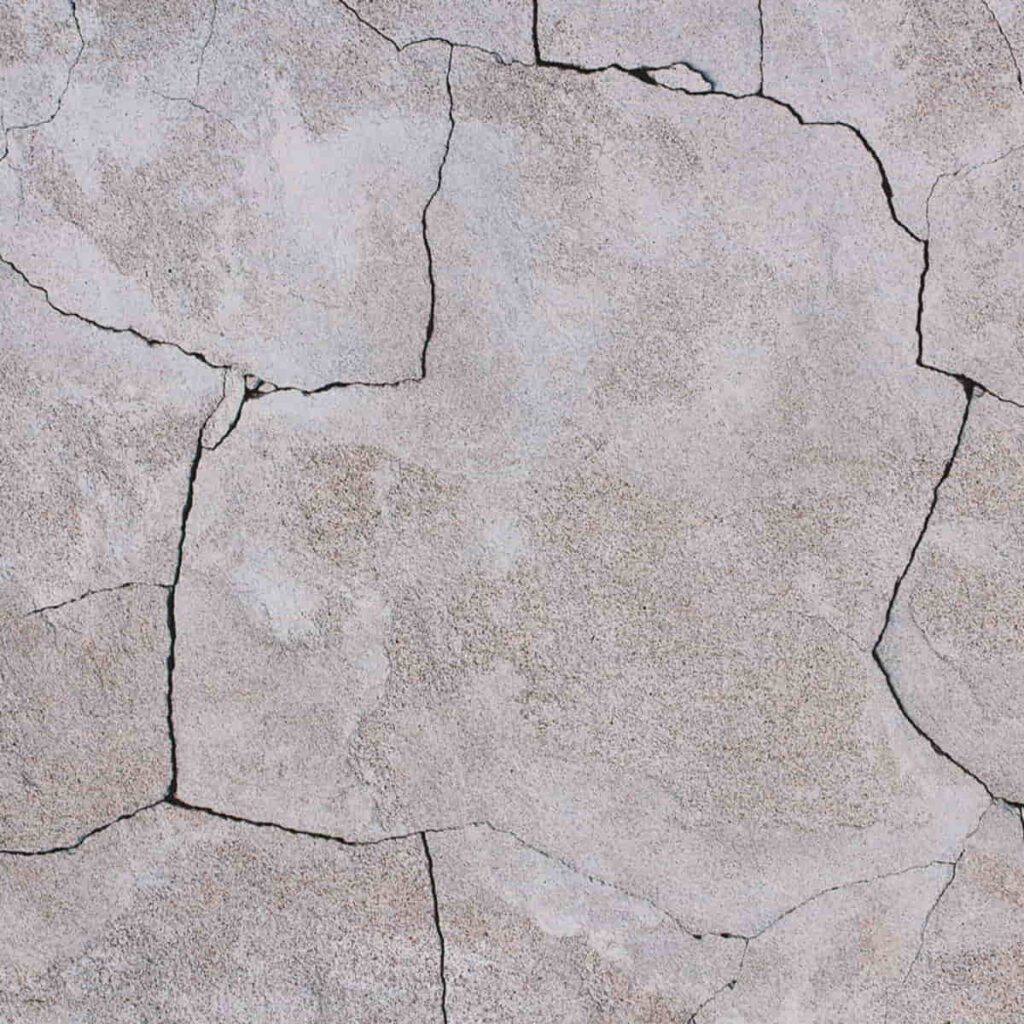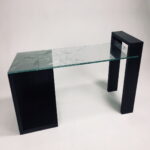Dealing with a clogged toilet without a plumber can be a messy and frustrating experience. However, with the right knowledge and tools, you can often unclog a toilet without needing to call a plumber.
In this article, we’ll walk you through effective methods and techniques to tackle toilet clogs on your own, saving you time, money, and hassle.
How to Unclog a Toilet Without a Plumber
Why Do Toilets Get Clogged
Before we explain how to unclog a toilet without a plumber, it’s essential to understand why toilets get clogged in the first place. Typically, clogs occur due to a buildup of waste, toilet paper, or foreign objects that block the flow of water through the plumbing system.
Understanding the root cause of the clog can help you choose the most appropriate method for unclogging your toilet.
General Tools and Supplies You Will Need
To effectively unclog a toilet, you’ll need a few basic tools and supplies. These include:
- Rubber Gloves: Protect your hands from dirty water and bacteria by wearing rubber gloves.
- Bucket: Keep a bucket handy to bail out excess water from the toilet bowl if needed.
- Optional: Toilet Bowl Cleaner and Disinfectant: Once the clog is cleared, you may want to clean and disinfect the toilet bowl.
How to Unclog a Toilet Without a Plumber
Now that you have the necessary tools and supplies, let’s walk through the step-by-step process of unclogging a toilet without a plumber.
Assess the Severity of the Clog
Before taking any action, assess the severity of the clog. If the water level is rising and close to overflowing, it’s crucial to act quickly to prevent a messy situation. If the water level is not rising, you may have a partial clog that can often be cleared with basic techniques.
How to Unclog a Toilet Without a Plumber
Use the Plunger
What You Will Need
Plunger: A plunger is a must-have tool for unclogging toilets. Make sure you have a sturdy, well-designed plunger with a good seal.

The plunger is your first line of defense against toilet clogs. Follow these steps to use a plunger effectively:
- Ensure a good seal: Place the plunger over the drain hole in the toilet bowl and ensure a tight seal.
- Push and pull: Use a gentle but firm pushing and pulling motion with the plunger to create suction and dislodge the clog.
- Repeat as needed: If the clog doesn’t clear on the first attempt, repeat the plunging process several times.
How to Unclog a Toilet Without a Plumber – Use a Toilet Auger
What You Will Need
Toilet Auger: Also known as a plumbing snake, a toilet auger is useful for tackling more stubborn clogs that a plunger can’t handle.

If the plunger doesn’t fully clear the clog, it’s time to try a toilet auger. Here’s how to use a toilet auger:
- Insert the auger: Carefully insert the end of the auger into the toilet drain until you feel resistance.
- Crank the handle: Use the handle to crank the auger, which will help break up and remove the clog.
- Flush and test: After using the auger, flush the toilet to see if the clog is cleared. If not, repeat the process or try a different method.
How to Unclog a Toilet Without a Plumber – Use Hot Water and Dish Soap
What You Will Need
Hot water and dish soap
Pot
If the clog is minor or you don’t have a plunger or auger available, you can try using hot water and dish soap to break up the clog. Here’s how:
- Heat water: Boil a pot of water on the stove or use very hot tap water.
- Add dish soap: Add a generous amount of dish soap to the toilet bowl.
- Pour hot water: Carefully pour the hot water into the toilet bowl from waist height. The combination of hot water and soap can help dissolve the clog.
How to Unclog a Toilet Without a Plumber – Wire Coat Hanger
What You Will Need

Tiny rag
Another helpful tip is to use a wire coat hanger if the obstruction is very difficult to remove. To prevent scratching the porcelain, unwrap a tiny rag and secure it to one end of the coat hanger.
Once the hanger has reached the obstruction in the drain, twist, push, and pull it. Circular motion with the wire hanger should help to release the obstruction and provide unrestricted water flow through the drain.
How To Prevent Toilet Clogs
- Watch What You Flush
One of the most important steps in preventing toilet clogs is being mindful of what you flush down the toilet. Avoid flushing items that are not meant to be disposed of in the toilet, such as:
- Baby wipes and wet wipes: Even if labeled as “flushable,” these wipes can cause clogs as they do not break down easily in water.
- Feminine hygiene products: Tampons, pads, and liners should never be flushed as they can expand and block the toilet drain.
- Cotton balls and swabs: These items do not dissolve in water and can accumulate in the plumbing, leading to clogs.
- Hair: Avoid flushing hair clumps as they can tangle and create blockages in the pipes.
Stick to flushing only toilet paper and human waste to reduce the risk of clogs.
- Use Toilet Paper Wisely
While toilet paper is designed to break down easily in water, using excessive amounts can still contribute to clogs. Use toilet paper sparingly and avoid flushing large wads or clumps at once.
If you need to use a significant amount of toilet paper, consider flushing multiple times to prevent buildup in the pipes.
- Install a Toilet Paper Holder with a Cover
A toilet paper holder with a cover or lid can prevent excessive amounts of toilet paper from falling into the toilet bowl and causing clogs. The cover helps control the amount of toilet paper dispensed and reduces the likelihood of accidental overuse.
- Regular Maintenance
Performing regular maintenance on your toilet and plumbing system can help prevent clogs and identify potential issues early on. Here are some maintenance tips:
- Check for leaks: Inspect your toilet for leaks regularly and repair any leaks promptly to prevent water damage and mold growth.
- Clean the toilet bowl and drain: Use a toilet bowl cleaner and brush to clean the inside of the toilet bowl and remove any buildup that could contribute to clogs.
- Use enzymatic cleaners: Periodically use enzymatic cleaners designed to break down organic waste and prevent clogs in the toilet and pipes.
- Schedule professional inspections: Consider scheduling annual inspections by a plumber to check for any potential issues with your plumbing system and address them before they lead to clogs or other problems.
- Educate Household Members
Educate everyone in your household about proper toilet usage and what should and should not be flushed down the toilet. Encourage responsible flushing habits to minimize the risk of clogs and keep your plumbing system functioning smoothly.
By following these preventive measures and practicing responsible toilet usage, you can significantly reduce the likelihood of toilet clogs and avoid the inconvenience and expense of dealing with plumbing issues.
How to Unclog a Toilet Without a Plumber – Final Thoughts
Dealing with a clogged toilet can be a hassle, but it’s a problem that can often be solved without the need for a plumber. By following the steps outlined in this guide and using the right tools and techniques, you can effectively unclog a toilet on your own.
Remember to assess the severity of the clog, use a plunger or toilet auger as needed, and consider alternative methods like hot water and dish soap. With patience and persistence, you’ll have your toilet running smoothly again in no time.










One Comment